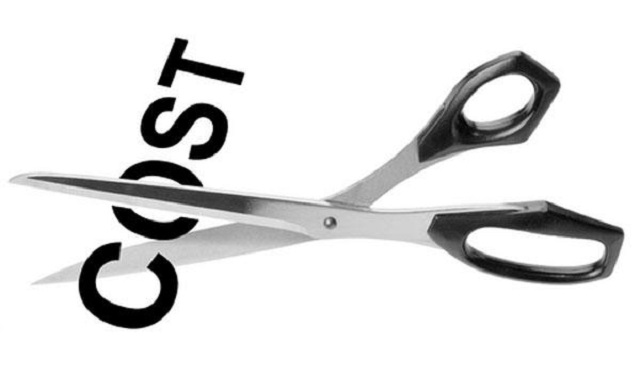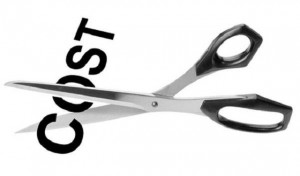
One of the principle aims and objectives of any business is to maximize profit. A business can’t maximize profit if its running cost is higher than the profit, so the goal here is to minimize cost (input) and maximize profit (output). Reducing costs in your small business is a key to financial growth and expansion. In economic terms, it’s about making smart choices and decisions with business funds. Small business owners should look out for and create opportunities that will bring more business and increase profit (income). It is always ideal to avoid decisions and choices that will cost your business; you can learn and make enquiries from other fast growing/ bigger businesses in line with yours. Unless you are running a charity organization the essence of business is to make money and expand your brand.
How to cut cost:
1. Use Technology: Technology allows us to save money and advance our businesses in ways that weren’t possible even five years ago. From conference chats, teleconference, online payment services, to open-source software and remote desktop applications. Now with the aid of modern day technology, there are myriad ways to reduce costs when running a small business.
2. Online Marketing: Online marketing is a fast train all small business owners should take advantage of. As a small business owner if you are not yet on the internet marketing platform then you are light years behind. It is efficient, fast-paced, high-result, low-cost in terms of marketing. You can start with a business blog, social media marketing which now has a wider scope than decades before. Online advertising has a higher potential to reach a bigger audience with relatively quick response and minimal business costs.
3. Follow a Business Budget: Create and follow a business budget, because it keeps your plans in check. Budgeting goes neck to neck with reducing business costs because it is unfeasible to make bright financial decisions without a clear idea of the in and out flow of your finances daily or monthly. A business budget is an effective tool in reducing cost.
4. Make use of interns: In areas that are not highly technical interns can fill in, they are easy to recruit and fit in any small business system. Professional hands can be expensive to hire, college or university students can be a suitable options for a small business. They can work for small fees or sometimes for nothing at all, it could be a prerequisite for fulfilling an industrial experience.
5. Use Energy-Efficient Appliances: Treat your office or work place the way you will treat your house. One area that should be put in to consideration in cutting cost is the use of appliances. Using energy-efficient (saving) appliance can help reduce cost like energy saving bulbs and fluorescence. You can save money in the long run by making your office more energy-efficient.
6. Cut Out Paper: Going paperless means not printing unless completely necessary, converting to a digital invoice, bill payment system and filing all important paperwork on your computer instead of a file. The cost of paper, ink, mailing supplies may seem minimal at times, but if you add up how much you spend on printing supplies, paper, and labor, you will realize it is nothing compare to using electronic file storage.
7. Bartering: Bartering is an exchange of your good and services, for other goods or services you need without using cash. Bartering can make a big difference in your expenses, especially when you are a new business. When a successful bartering arrangement is reached, it helps reduce your business costs by avoiding the initial outlay of funds in order to fill an immediate need to reduce business costs.
Cutting expenses only means one thing: more profit for you and your business. By looking at these areas listed above, you will be able to increase your profits. If you are able to adopt a “business cost friendly” mind frame, many of these smart decisions will eventually work their way into all of your business decisions, helping you reduce your business costs every day.


